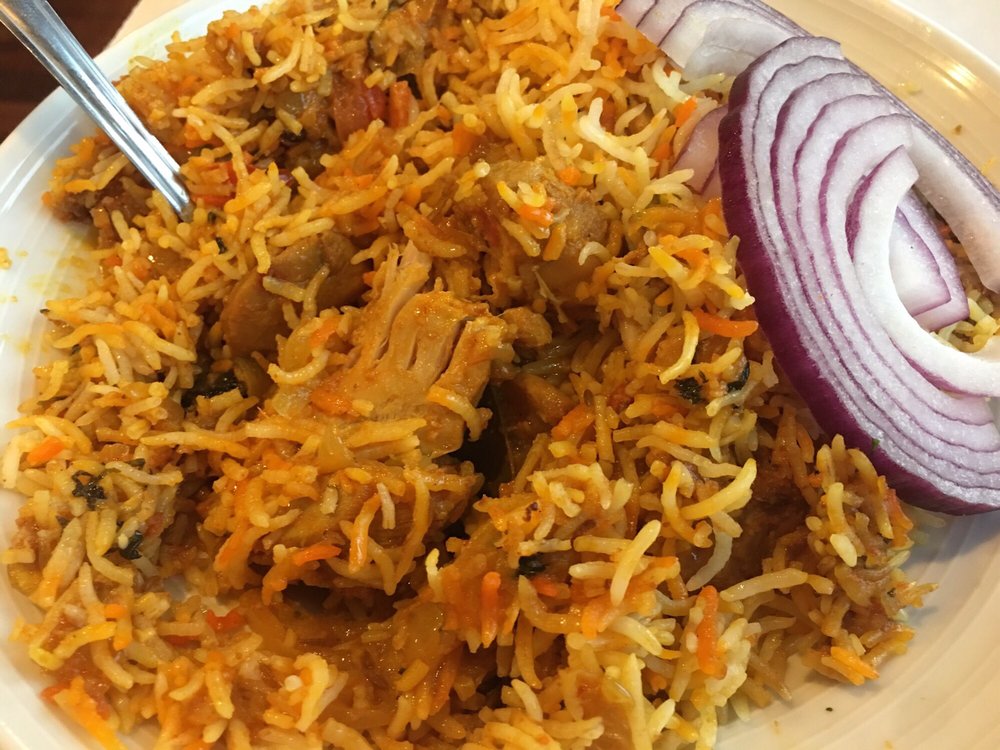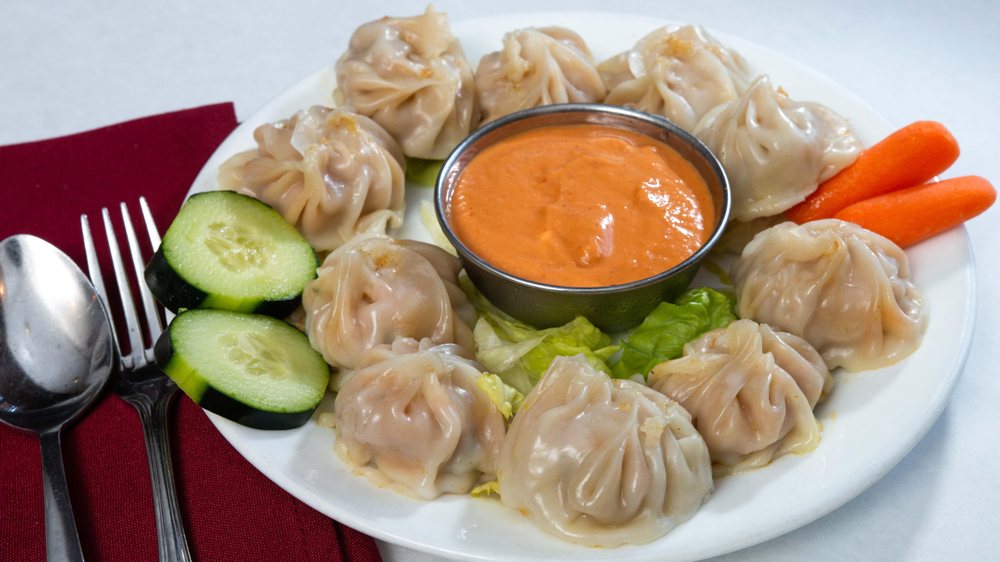
One of the things that can happen when you’re surrounded by an ocean of choices is that you can overlook the obvious. This can be particularly true of restaurants. They’re everywhere and cater to a wide range of tastes. But if the food and not the social experience is the main draw, which eatery is going to be the most satisfying for you? The answer to that question is often determined by your cravings.
Biryani could be considered a dish of the diaspora. Originating in south Asia, it’s now a common offering in Indian restaurants all over the United States. A mixed rice dish that uses several distinct but relatively mild spices, vegetables and a protein meat that can include chicken, goat, or beef; biryani can in fact claim hordes of fans around the world. Despite the dish’s wide appeal, it’s also very hard to find prepared well biryani in a commercial dining establishment.
Like many recipes originating in that part of the globe, biryani’s time consuming. The steps required to make it may not be difficult, but they are many and exacting. It’s not uncommon to find restaurants taking just enough shortcuts to give you the visual impression of biryani. The color might be right but the dishes deep and varied flavors are often tragically missing. Over the years, friends and co-workers have often shared this favored preparation of their home country. Although each of the dishes would vary slightly from one another, certain characteristics were surprisingly always the same. Delicious spices infused every bite the of the homemade biryanis and the protein in each was invariably moist, tender and flavorful. They all left you with the sense that this dish was constructed in layers. A series of very deliberate steps that culminated in a one pan feast. Because the biryani found in too many restaurants were so poorly rendered, it simply got removed as a meal you would even look for at a commercial dining establishment specializing in Indian food.

That was until Santa or one of his elves placed Nepal House in our path two weeks before Christmas. The restaurant serves two masters by offering both Nepalese and Indian cuisine. Nepal House also has two locations, one downtown and one in the heart of the Devon business strip that caters to a very large Indian/South Asian population. Instinct says the Devon location may have an edge.
The intent may be to honor the food of both Nepal and India, but Indian entrees dominate the menu at the Devon site. The beloved steamed dumplings of Nepal called Mo Mo’s made the cut and can be ordered steamed or fried. You can choose between a meat (chicken) or a vegetarian option, too. Mo Mos share some similarities with Chinese dumplings but tend to be more finely constructed and more succulent.
Future visits will explore the restaurant’s Nepalese persona but this first look was all about its Indian profile. A combination platter portioned to serve three included representative and popular options from the standard menu and promised to provide an idea of how the restaurant establishes its gastronomical or taste signature. Chicken Makhani (Butter Chicken), Mutter Paneer, Tandoori Chicken and garlic Naan were all a part of the mix. A separate order of vegetable samosas and Chicken Biryani rounded out the introduction to Nepal House. Omicron concerns dictated that we avoid a sit down experience this time around. First impressions still matter though and when it was time to pick up our order, the crisply pristine look of the tables, floor and staff eased any doubts about how the restaurant approaches hygiene safety. A table of four seemed to be enjoying their meal and each other’s company. The host was in the middle of taking a telephone order that ended up hovering near the $200 mark. Could these be indications that the restaurant was recognized as offering something unique?

Each of those validating markers were confirmed at home once we began opening containers as if they were Christmas gifts. Fragrances filled the room first. They were the familiar aromas of the East coming from cartons overflowing with beautiful appetizing food. The spread looked like an extravagant bounty and included unexpected extras like large slices of vegetables that acted as ornamentation as well as sources of additional nutrition. Lemon wedges were nestled into the biryani and small sausages were found tucked in with the chicken in the tandoori.
Once plated, the pleasure of the meal could finally be appreciated. Anyone with a soft spot for rich cream sauces will love Chicken Makhani. Using both butter and cream in its tomato based sauce, the dish’s velvety texture and caressing mouth feel will leave you smiling. Slightly less decadent but just as winning with its confident use of spices, the Mutter Paneer was a different kind of star. Cubes of paneer (mild lightly textured cheese) float in another tomato centric sauce with sweet peas, onions and tomatoes. Served with rice or bread (naan), it’s delicious enough to invade your dreams. The biryani, depending on how stringent you want to be, could be considered impeccable. All that was missing were the fried onions and a sprinkling of cilantro. The first is traditional, the second is not. The light texture of the rice, the balance of the spices and the impact of the chicken’s yogurt marinade all came together to make something exceptional. Getting into a Pakistani or Indian kitchen to learn to make my own biryani will remain an unfulfilled dream. So far, Nepal House’s biryani is as close as I’ll get to a DIY experience. Be careful if you end up with leftovers; especially of the biryani. High heat will destroy the subtlety that makes biryani so uniquely special. It’s better to lower the time and power on the microwave until you find what works to hold the dish’s integrity. The tandoori chicken was a meat eater’s paradise. Nothing bordered on dry and the restrained use of spices make tandoori the closest flavor choice to what a western palette is used to. You also have the option to swap out the chicken for lamb or goat.
Disappointments were minor. The samosas, as they might say in the UK, were massive. It was hard to figure out why. Probably the size of a 10 year olds fist, they could have easily been half that size and been better appreciated. The potato to pea distribution was out of balance as well which made them denser than necessary. And the cilantro chutney was so watery, the distinctive complementary tang the herb imparts didn’t come through when drizzled on the samosas. The breads, on the other hand, hit bullseye.
Nepal House
2601 W. Devon Avenue
Closed on Tuesdays